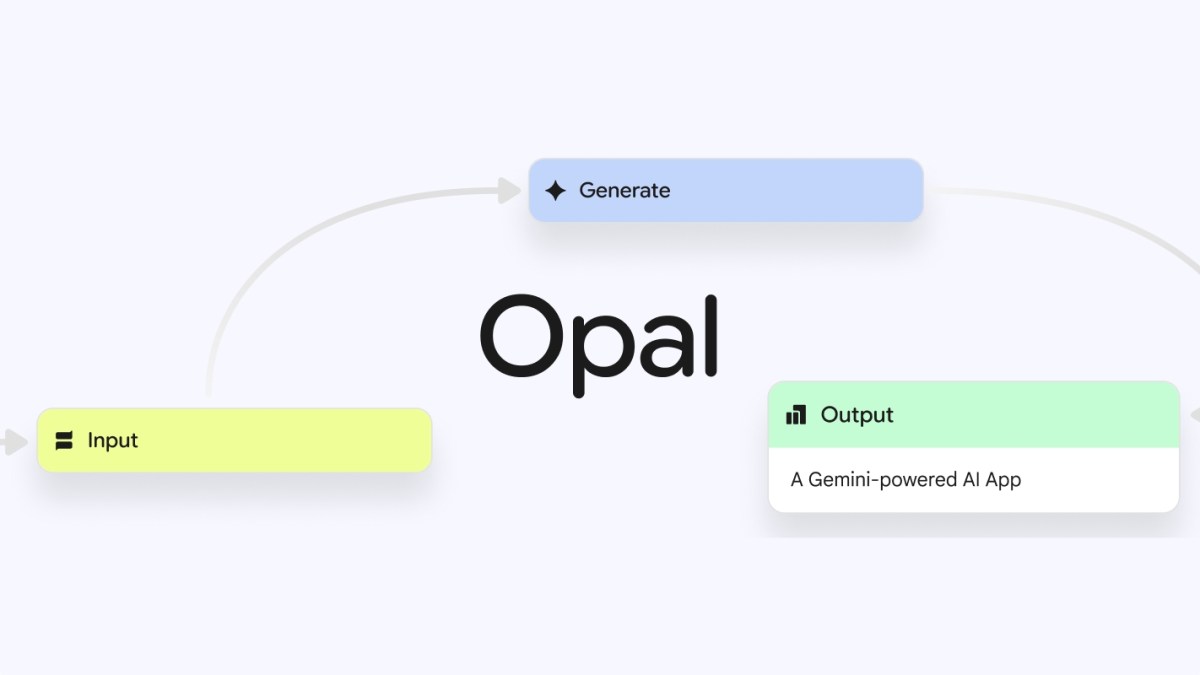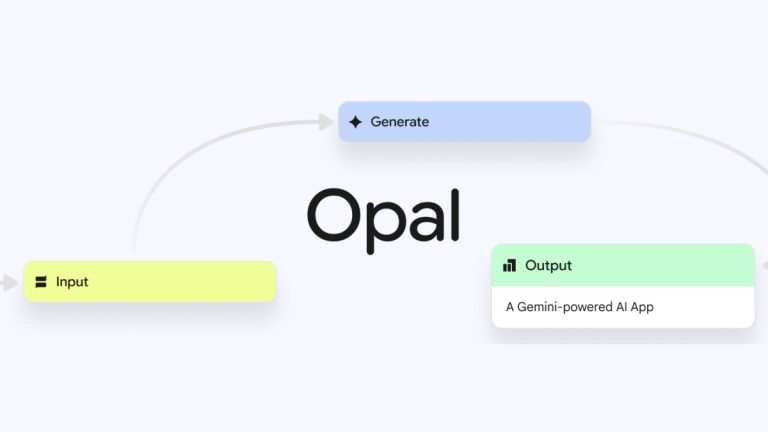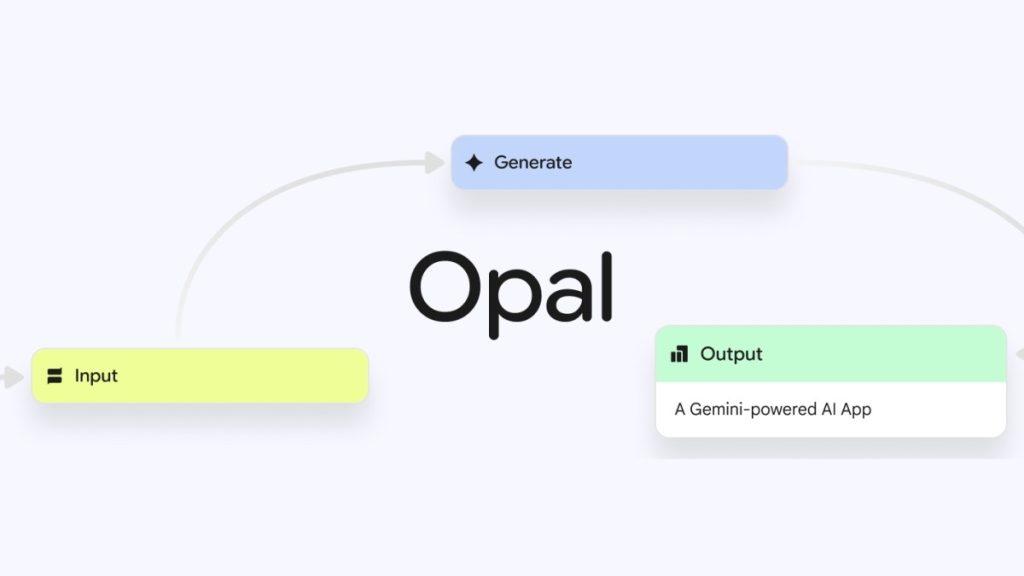Google’s New Opal Tool Simplifies App Creation Through AI-Powered Vibe Coding
AI-powered coding tools continue revolutionizing software development, with Google now entering the arena through its experimental Opal project. Currently available via Google Labs in the U.S., this intuitive platform enables users to generate functional web applications using simple text descriptions or by adapting templates from a curated gallery.
Opal’s interface streamlines app creation through a three-stage visual workflow. Users begin by describing their concept in natural language, which triggers Google’s proprietary AI models to generate base code. The platform then reveals an editable development map showing input parameters, processing stages, and output formatting. This transparency allows creators to refine prompts at each step or insert custom logic using Opal’s toolkit.
“The visual workflow editor provides unprecedented visibility into AI-generated code structures. Users can inspect and modify the exact prompts governing data handling, API calls, and interface rendering – essentially peer-reviewing the AI’s technical decisions.”
Completed projects can be instantly deployed as shareable web applications, with access controls managed through Google accounts. This positions Opal as both a rapid prototyping tool and a collaborative platform for cross-functional teams.
While Google already offers AI Studio for professional developers, Opal’s simplified design suggests strategic positioning for citizen developers and business teams. The tool joins competitive platforms from Figma and Canva that similarly empower non-coders, albeit with Opal’s distinct focus on functional applications rather than visual design.
Industry analysts note this development aligns with growing enterprise demand for AI co-pilots that reduce technical debt. Early adopters suggest Opal could accelerate digital transformation initiatives by enabling subject matter experts to directly prototype solutions without engineering bottlenecks.
As user testing progresses, observers will monitor how Opal integrates with Google’s broader ecosystem – particularly its enterprise-grade AI infrastructure and Workspace productivity tools. The platform’s success may hinge on balancing customization depth with accessibility, ensuring both technical and non-technical users can effectively collaborate on AI-driven projects.















